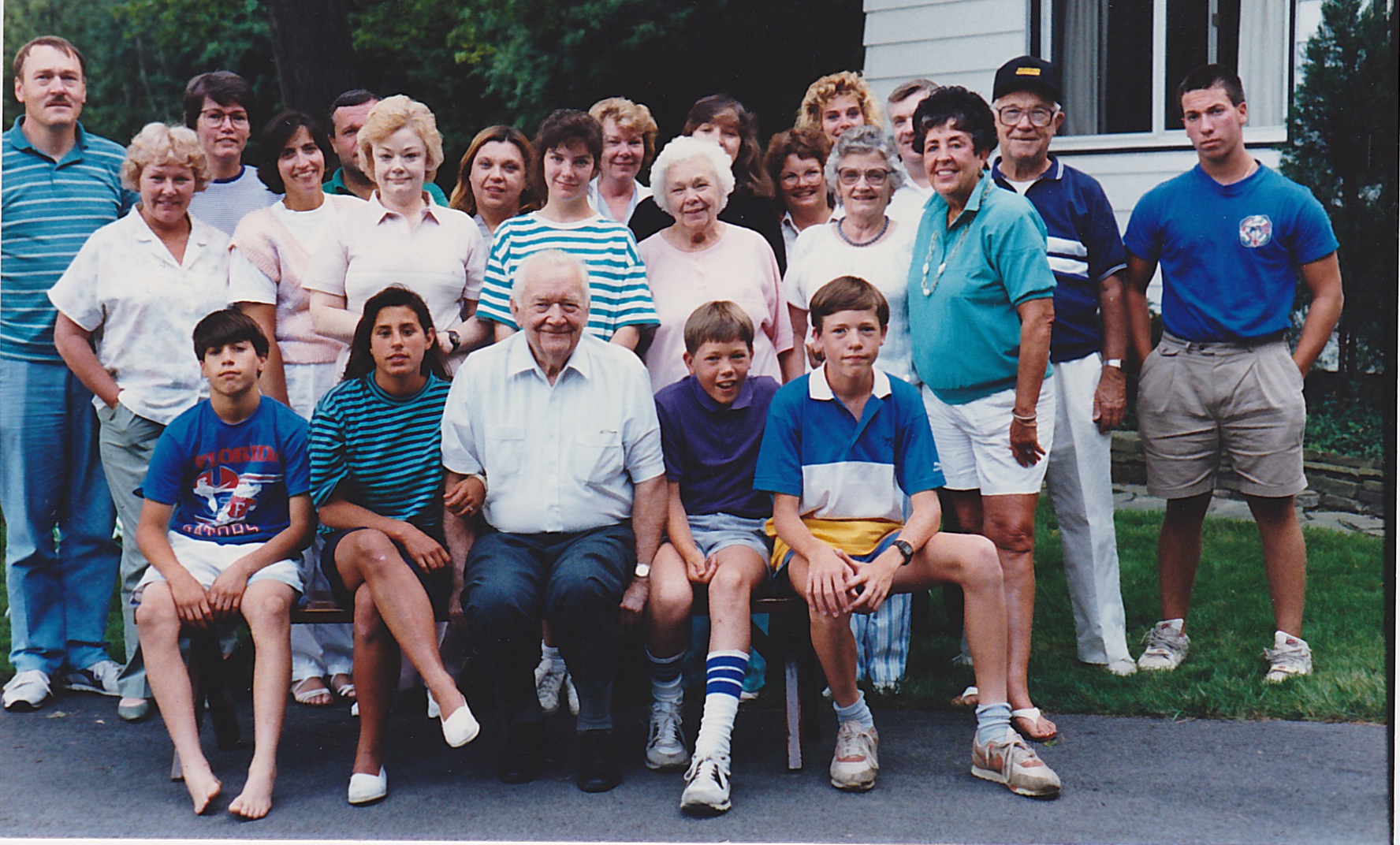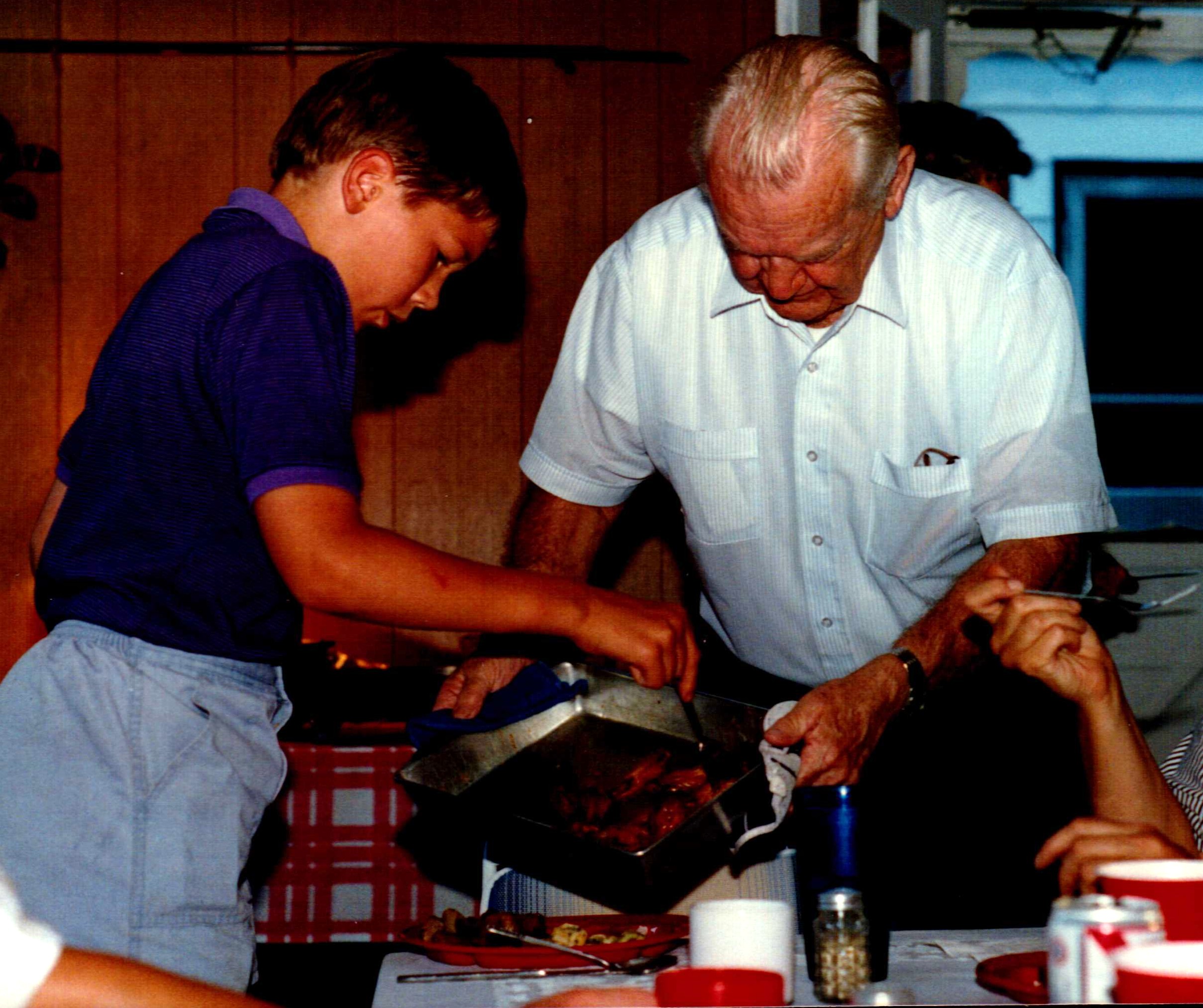By Roberta Scholz,
Edmonds, Wash.

On Jan. 20, 2014, our son, Philip Erich Scholz, 35, died tragically while attempting to rescue a man who was trying to commit suicide by standing on a railroad track as a speeding commuter train was approaching. Both men were hit by the train. The man survived, but our son was killed on impact. For this selfless act, Philip was recently named a Carnegie Hero. We take great pride in our son’s heroism and are grateful that it is being recognized in this way. He deserves it, without question.
There is an aspect to the award that makes it particularly meaningful to our family.
In 1929, Philip’s great-uncle, George Russell Blair (my mother’s brother), also was named a Carnegie Hero. At the age of 12 he rescued a 9-year-old boy who had fallen into open water while playing on floating cakes of ice on a lake in Cazenovia Park in Buffalo, N.Y. (See accompanying article.)
Receiving the Carnegie Medal had a profound effect on my uncle’s life, because it allowed him to attend college—he was the first in his family to do so. Later, he became an attorney and an FBI agent, and he also served honorably in World War II. He had a long career as an attorney in private practice and also served as acting district attorney for Erie County, N.Y. He died in 2007 at age 90.

At a 1989 family reunion, 1929 Carnegie Medal awardee George Russell Blair is seated at center, beside his great-nephew, Philip Scholz, who was awarded the medal posthumously in March. Beside Philip is his older brother, Christian. The boys’ parents, Friedrich-Wilhelm and Roberta Scholz, are at upper left.Over the past year, I have pondered how these two men are linked by their bravery and selflessness. In George’s case, circumstances allowed him the time to decide whether to risk his own life to save another human being. He did not hesitate, even at such a young age. By contrast, Philip did not have the luxury of time to think about what to do: He knew the train was speeding toward the station at 70 m.p.h. and that it would surely kill the man on the track. He reacted instinctively, much like a soldier in combat who throws himself onto a grenade. An ardent baseball player since childhood, Philip loved base running and loved even more stealing bases; he knew what his body in motion could do and reacted accordingly. But in this case, it was not enough.
I’ve come to think that Philip’s and George’s heroism derives at least partially from their immigrant heritage. George’s parents—Philip’s great-grandparents—both grew up in Scotland, emigrating to Canada and later to the U.S. Philip’s father grew up as a refugee in postwar Germany but carved a new life for himself in this country. It takes great determination and commitment to forsake family and home in order to start anew in a foreign land, and that is what George’s parents and Philip’s father did. It is what Andrew Carnegie and thousands of others did. They put their fears on the back burner and forged ahead in pursuit of their goals—acting, not just wishing. It’s not difficult to understand how these character traits influenced their children and later manifested themselves in acts of extreme courage.

Philip bonded with his great-uncle George in 1989.George and Philip met for the first time in 1985 and bonded immediately—both liked to talk. Despite his proven courage, George was terrified of flying, but that year he steeled himself and flew to Seattle to celebrate his sister’s golden wedding anniversary. A great tease, George asked Philip, then 6, if he’d like to join him on the flight back to Buffalo. Philip responded with an enthusiastic “Yes!”, and George, teasing further, suggested he pack his bags. A few minutes later, Philip appeared with a small suitcase, packed and ready to depart for the airport. This was probably the only time in George’s adult life that he was completely flummoxed. He had clearly not expected to be taken seriously, and he apologized profusely. That was probably the last time he ever teased a child in that manner.
When our family did travel to Buffalo a few years later, George and his wife, Celia, took us to Niagara Falls and treated us to dinner at an elegant restaurant overlooking the falls. Philip ordered lobster tail, the most expensive item on the menu, and I tried to dissuade him. But George said, “If Philip wants lobster tail, he shall have lobster tail!” And so he did, in what I believe was another bonding moment for them.
Throughout their lives, both George and Philip gave generously of their time and resources to those less fortunate. George generally avoided any mention of his childhood bravery, and I am confident that Philip, had he survived, would not have spoken of his courageous act either. Sadly, he will never have the opportunity. His legacy of giving is being strengthened by the establishment of the Philip Scholz Memorial Foundation, which continues his support of the charities and organizations he held dear. His wife, Emily, has directed that the Hero Fund’s grant accompanying the medal be given to the foundation.

After several years of teaching German in high school and community college, Roberta Scholz worked in publishing and is now a freelance editor. She has been a competitive masters rower for 20 years.

